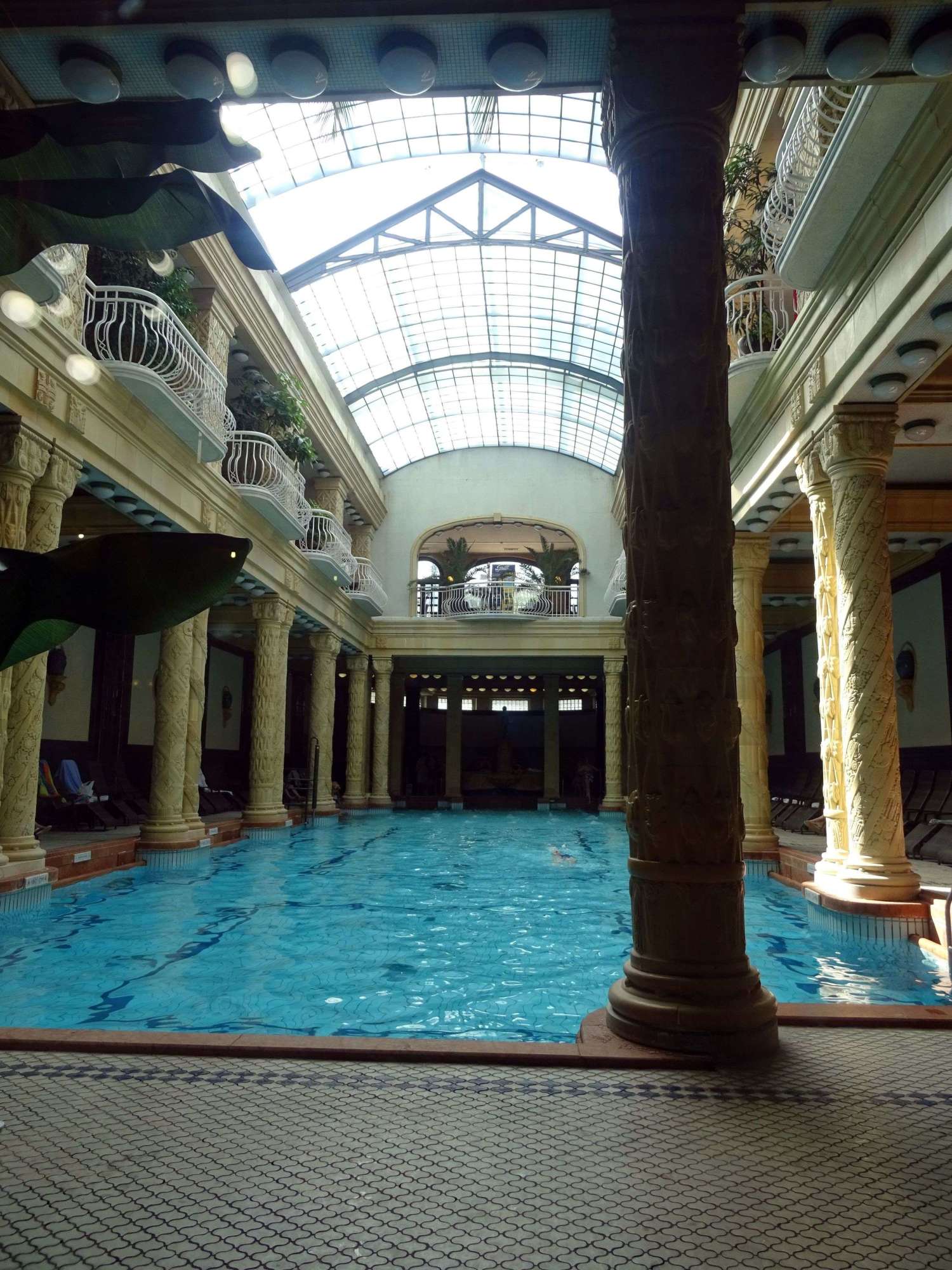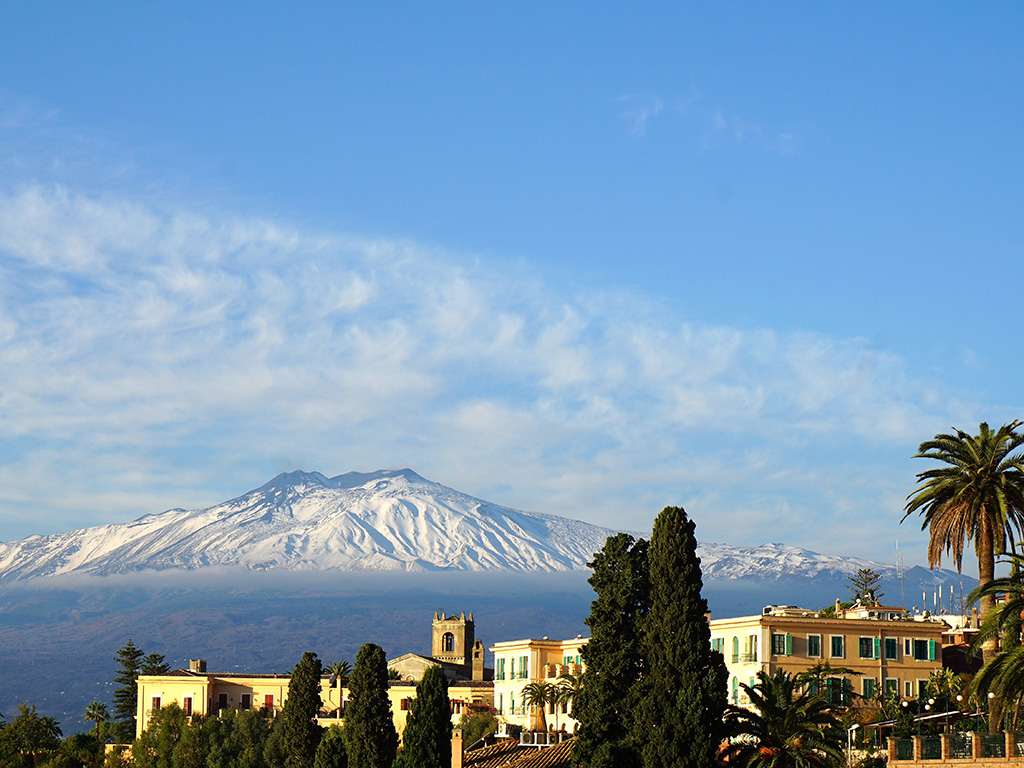Budapest has a rare talent for mixing the traditional with the contemporary. Architecturally, the urban landscape is a paradise, where ruins become cultural venues and a turbulent past can be traced. History flows through the city, defining the different districts and revealing a timeline of ancient and recent events. From the Gothic towers of Matthias Church to the famed classicist Chain Bridge, walking the streets of Budapest can feel like a stroll through time.
Among its many charms, Budapest has a reputation as the ‘City of Baths’, a well-deserved title owing to the 118 natural springs that punctuate the city, which has more thermal water springs than any other world capital. Bathers have submerged in the Budapest springs since the 16th century, when the Turkish occupation of Hungary established a bath culture around the thermal hotspots.
Planning Your Visit to Budapest's Baths
Even if you don’t want to get your feet wet, the ornate architecture and interiors of Budapest’s baths are worth a visit, from the Art Nouveau-style Gellért Baths to the Ottoman-inspired domed ceilings and stained glass at Rudas. The architectural approaches reference the phases of refurbishment and development that have taken place over centuries, from the first thermal spring discovery to modern day spa complexes. What hasn’t changed is the way the spas are used: collective havens for locals and tourists alike to relax and revitalize.
Today there are myriad public thermal baths across Budapest, as well as private spas in a number of hotels such as the Ramada Plaza, also known at the Aquincum, and Thermal Hotel Margitsziget. With so much choice, it can be hard to know how to navigate the options. Here is our guide to help you visit Budapest’s baths, whether you want a quick plunge or steamy spa session.
Széchenyi Baths
Founded in 1881, Széchenyi Baths is one of the largest public bath complexes in Europe, and the first thermal bath in Pest. With a neo-Baroque appearance, Széchenyi is not only one of the most popular, but is also a visual spectacle, with a wide choice of indoor and outdoor pools. As you swim laps outdoors, you will see chess players chest-deep in the warm waters, and can enjoy seasonal weather before nipping in for some hot healing therapy.
The baths are situated within the City Park, and can be reached by Millenium Underground (M1) to Széchenyi fürdő station.
Swimming pools open 6:00 a.m. - 10:00 p.m.; Thermal pools open 6:00 a.m. - 7:p.m.
Gellért Baths
Gellért Baths is one of the most popular and though connected to the Gellért Hotel, is open for public use. The hot springs are channelled from deep within the Gellért Hill beneath and the natural waters have been feeding the thermal baths since as early as the 15th and 16th centuries. The bath was built between 1912 and 1918 in a striking Art Nouveau style that makes it both a healing experience and a visual delight. There are a choice of pools, steam rooms and saunas, at varying temperatures and adorned with mosaic floors and walls.
Gellért is set on the banks of the Danube river and close to the Szabadság Bridge. Using public transport, take tramway 19, 47 or 49, or alternatively bus 7, 7A or 86 to Szt. Gellért ter station.
Open everyday 6:00 a.m. - 8:00 p.m.
Note: Since 2013 the bath is now open for men and women, with no separate bathing sections or sessions as before.
Lukács Baths
Lukács Baths have long since been a favorite among locals, and do not draw the same number of tourists as other thermal baths in the city. The waters are famed for their healing qualities, and for hundreds of years visitors have frequented this spot to benefit from its liquid cures. The building dates back to 1894, and though it may not have the splendour of Gellért or Széchenyi, what it lacks in mosaics, it makes up for in local charm. Lukács is close to Margitsziget Bridge (Margaret Bridge), and can be reached by taking Tram 4/6 to Margitsziget Bridge in Buda, then taking tram 17 to Frankel Leo Street.
Open everyday 6:00 a.m. – 9:00 p.m.
Rudas Baths
Rudas Baths are one of the oldest thermal baths in Budapest, with a beautiful charisma owing to the many Turkish features that remain from the 16th century occupation. The baths have an octagonal pool and domed ceiling that make for a real bathing experience. Following Turkish traditions, the bath is still mostly men-only, with only one women-only day per week, and coed at the weekends. During single sex days, swimwear is optional. Rudas sits by the Danube on the Buda side and can be reached with tramways 18 or 19 to Döbrentei tér.
Open everyday 6 a.m. - 8:00 p.m., with weekend night swims between 10:00 p.m. and 4:00 a.m.
Men-only: Monday, Wednesday, Thursday, Friday
Women: Tuesday
Unisex: Weekends
Etiquette in the Baths
Budapest is a dynamic, modern city, but there are some timeless customs that help to preserve a long-standing cultural history — such as the traditions at the thermal baths. Knowing your bath etiquette will give you a more relaxing and authentic experience, and help you to get the very most out of your visit.
- Bring your own towel and bathing suit. Look out for women- or men-only sessions where bathing suits are not necessary, but bear in mind that many are now coed, and bathing suits are compulsory.
- Two towels are often recommended, one to use throughout your spa day and one at the end. Towels and bathing suits are available for rental at most bath receptions, so don’t panic if you forgot to pack the essentials.
- Swimming caps are always advised if you have long hair and want to swim in the larger swimming pools.
- Have a game of chess. At Széchenyi baths, you will often find semi-submerged Hungarian bathers pondering over a game of outdoor chess, contemplating their next move through the thermal steam.
- Enjoy the natural healing. At Lukács, the drinking fountain has a long reputation for having healing qualities, and has been bottled and distributed worldwide for many years.
- Tickets can seem a little overwhelming as there are often many choices, but don’t be concerned if you get multiple tickets: they will be for swimming, a locker and cabin, and so on.
- The water and varying temperatures are famed for their healing qualities, and Hungarians enjoy the spa sessions for sports, health and relaxation purposes. Indulge in some spa therapy and feel city stress drain away.
Want to learn with a true expert? Get a comprehensive view with one of Context's private or small group tours in Budapest!













